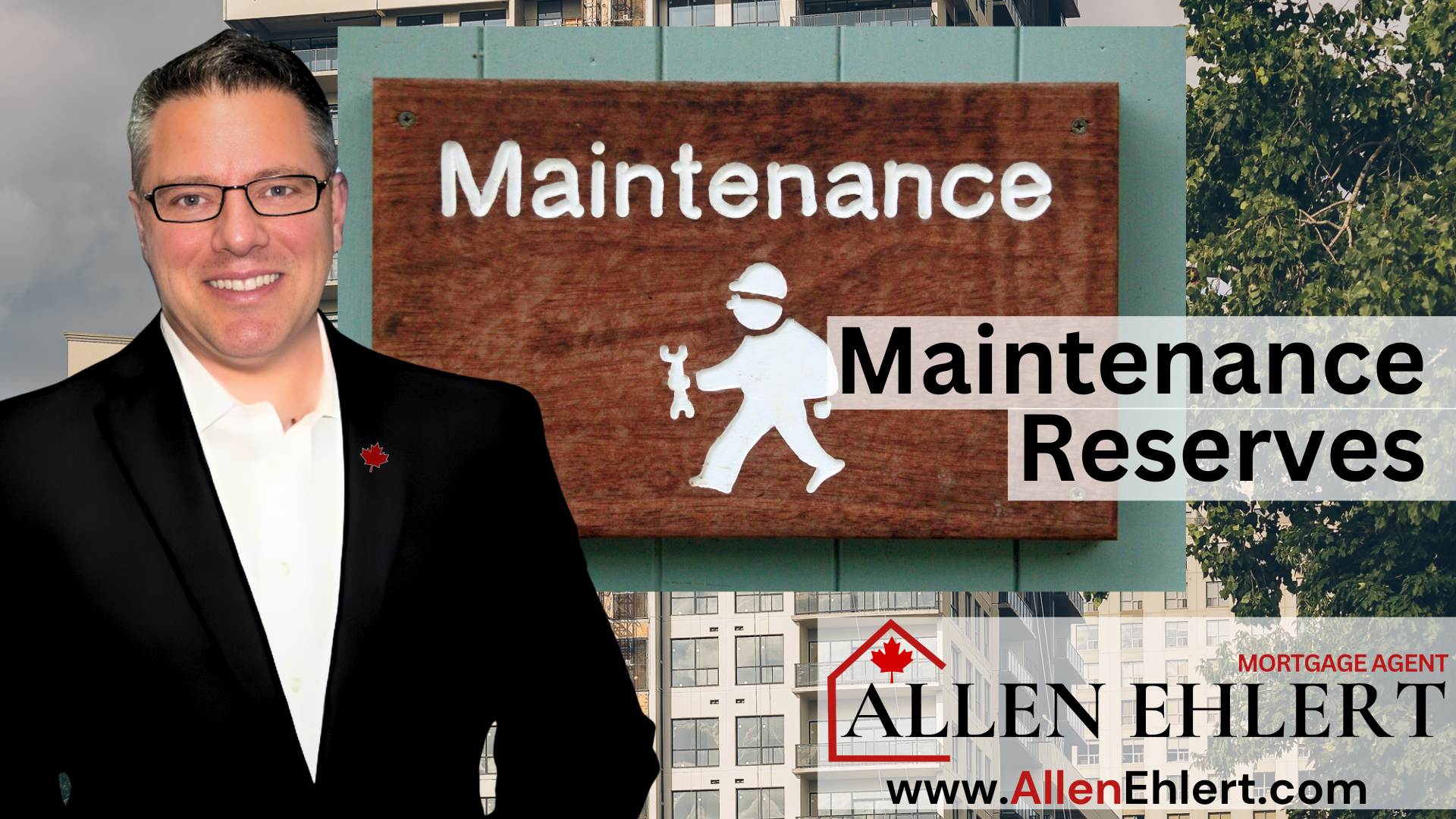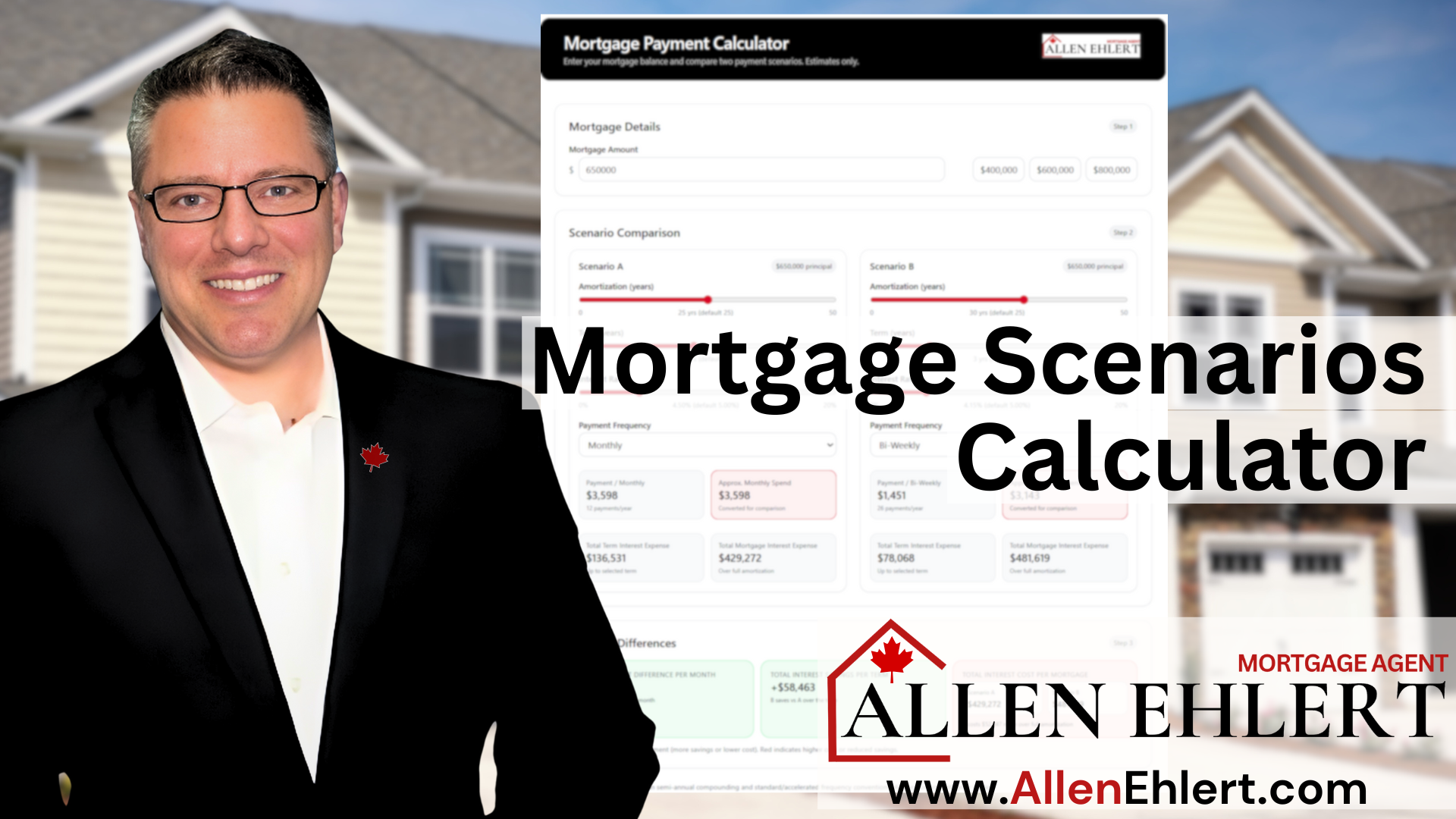… What If You’re Living in a Home but Not on the Mortgage or Title?
When you’re diving into the world of mortgages, the term “shelter costs” gets thrown around a lot. It sounds straightforward, right? Just your housing expenses. But what if you’re an adult—or maybe a couple—living in a home where your name isn’t on the mortgage or the title? That’s when things get a little more interesting.
In this article, I’ll walk you through what lenders mean when they talk about shelter costs in this scenario, why it matters, and how you (and even your realtor) can use this info to your advantage. Plus, I’ll share a quick story to paint the picture, and give you some ideas on how I can support you every step of the way.
Topics I’ll Cover
What Are Shelter Costs Anyway?
How Shelter Costs Work When You’re Not on Title or the Mortgage
When You Pay Rent vs. When You Don’t
A Shelter Costs Story to Make It Real
How Realtors and Clients Can Use This Knowledge in the Real World
What Are Shelter Costs Anyway?
Shelter costs are basically your monthly housing expenses. For most people, it’s pretty straightforward: mortgage payments, property taxes, heating, and half the condo fees if you’re in a condo. Lenders use these costs to figure out your Gross Debt Service (GDS) ratio—the “can you afford this house?” math.
But what about you? Maybe you’re living in your parents’ basement, or sharing a home with a sibling or a partner who owns it. You’re not on the mortgage, and your name’s nowhere near the title deed. Do shelter costs still apply to you?
How Shelter Costs Work When You’re Not on Title or the Mortgage
If you’re living in a home and applying for a mortgage somewhere else, lenders want to know what you currently pay for housing—even if you don’t have your own mortgage. They need this for two big reasons:
- To understand your existing financial obligations – If you’re paying rent (even to family), that’s part of your monthly commitments.
- To anticipate changes – If you’ve been living rent-free and now you want to buy, your monthly housing costs are about to change drastically.
When You Pay Rent vs. When You Don’t
Here’s where it splits:
If you pay rent:
- Lenders will count your actual rent as your shelter cost.
- They may want a simple rental agreement or just a signed note from the homeowner. Some might even ask for proof of payments (think e‑transfers or cheques).
If you don’t pay rent (living rent-free):
- Some lenders consider your shelter cost to be $0, which makes your debt ratios look great.
- Others (and some mortgage insurers like Sagen or CMHC) will still assign a “standard living expense”—sometimes around $250–$500/month—just to be safe.
- In all cases, you’ll probably need a signed letter from the homeowner confirming you’re living rent-free.
A Shelter Costs Story to Make It Real
Take Jamie, for example. Jamie’s been living in her mom’s house for the past two years, paying $400/month in “rent.” (Really, it’s just money to help out with groceries and utilities.) She wants to buy her own condo.
When we ran her mortgage application, that $400/month was counted as her current shelter cost. The good news? She’s used to paying something each month, so moving into her own home didn’t create “payment shock” in the lender’s eyes.
Now, imagine if Jamie had been living rent-free. Some lenders would have said, “Great, $0 shelter costs—her ratios look amazing!” But others would have said, “Hmm, we’ll just use $300 as a stand-in cost.” Either way, knowing how to document it early saved Jamie from scrambling later in the process.
How Realtors and Clients Can Use This Knowledge in the Real World
- For Realtors: You can set expectations early with first-time buyers still living at home or with family. It’s a quick conversation starter: “Are you paying rent now, or living rent-free? Because that matters when we get your pre-approval lined up.”
- For Clients: Knowing how shelter costs work helps you prepare documents ahead of time. If you pay rent, start collecting proof. If you live rent-free, ask for a simple signed letter from the homeowner now—don’t wait until you’re two weeks from closing.
Allen’s Final Thoughts
Shelter costs might sound like “mortgage math talk,” but they’re really just a way of showing lenders how you live now versus how you’ll live once you buy. If you’re living in someone else’s home, don’t panic—it’s actually quite common, especially for first-time buyers. The key is simply documenting your situation properly so the lender doesn’t make assumptions.
How I Can Help
This is where I come in. I’m here to make this whole process as smooth as possible. I’ll:
- Help you figure out exactly what lenders need for your current living situation
- Provide templates for rent-free letters or rental agreements
- Walk you through how your current shelter costs affect your pre-approval
- Work with your realtor to make sure you’re shopping in the right price range
Bottom line? You focus on dreaming about your future home—I’ll handle the paperwork, the ratios, and the lender conversations so there are no surprises.












